Crate training is an essential elements of raising a well-adjusted Maltese. This guide is tailored specifically for Maltese owners, offering detailed strategies and insights into successfully training their dogs. We’ll explore how combining crate and potty training can create a harmonious and disciplined environment for your Maltese.
Key Takeaways:
-
Importance of Training: Understand the significance of crate and potty training for your Maltese’s development and well-being.
-
Breed-Specific Needs: Learn about the unique characteristics of Maltese dogs that influence their training process.
-
Effective Techniques: Gain insights into effective crate and potty training techniques tailored for the Maltese breed.
-
Addressing Challenges: Discover how to navigate and overcome common training challenges specific to Maltese dogs.
-
Health and Comfort: Learn the importance of ensuring a comfortable and healthy crate environment for your Maltese.
Embarking on this journey of crate and potty training with your Maltese will not only enhance your dog’s quality of life but also strengthen the bond between you and your pet. Let’s dive into the world of crate and potty training tailored for the unique needs of the Maltese.
Read More: Pros and Cons of Crate Training
2. Understanding the Maltese Breed

Before embarking on crate and potty training, it’s essential to understand the specific traits and needs of the Maltese breed. This knowledge will enable you to tailor your approach effectively and ensure a positive training experience for both you and your dog.
Breed Characteristics and Behavior:
-
Size and Temperament: The Maltese is a small breed, known for its gentle and affectionate nature. They are often eager to please but can be sensitive, which influences their training needs.
-
Intelligence and Trainability: Maltese dogs are intelligent and generally respond well to training. Their eagerness to please makes them receptive to positive reinforcement techniques.
-
Social and Companionship Needs: They thrive on companionship and can be prone to separation anxiety if left alone for extended periods. This aspect is crucial to consider during crate training.
Special Training Considerations for Maltese Dogs:
-
Patience and Consistency: Due to their sensitive nature, it’s important to be patient and consistent. Harsh methods or negative reinforcement can be counterproductive.
-
Socialization: Early socialization is key in helping your Maltese become well-adjusted. Exposing them to various environments, people, and other pets can aid in their overall behavior.
-
Exercise Needs: While they are a small breed, regular exercise is important for their physical and mental well-being. Adequate play and exercise can aid in easier crate and potty training.
Understanding these breed-specific characteristics of the Maltese will assist you in providing a training experience that is both effective and sensitive to their particular needs. By aligning your training methods with these traits, you will be able to foster a more positive and successful training outcome.
3. Selecting the Right Crate
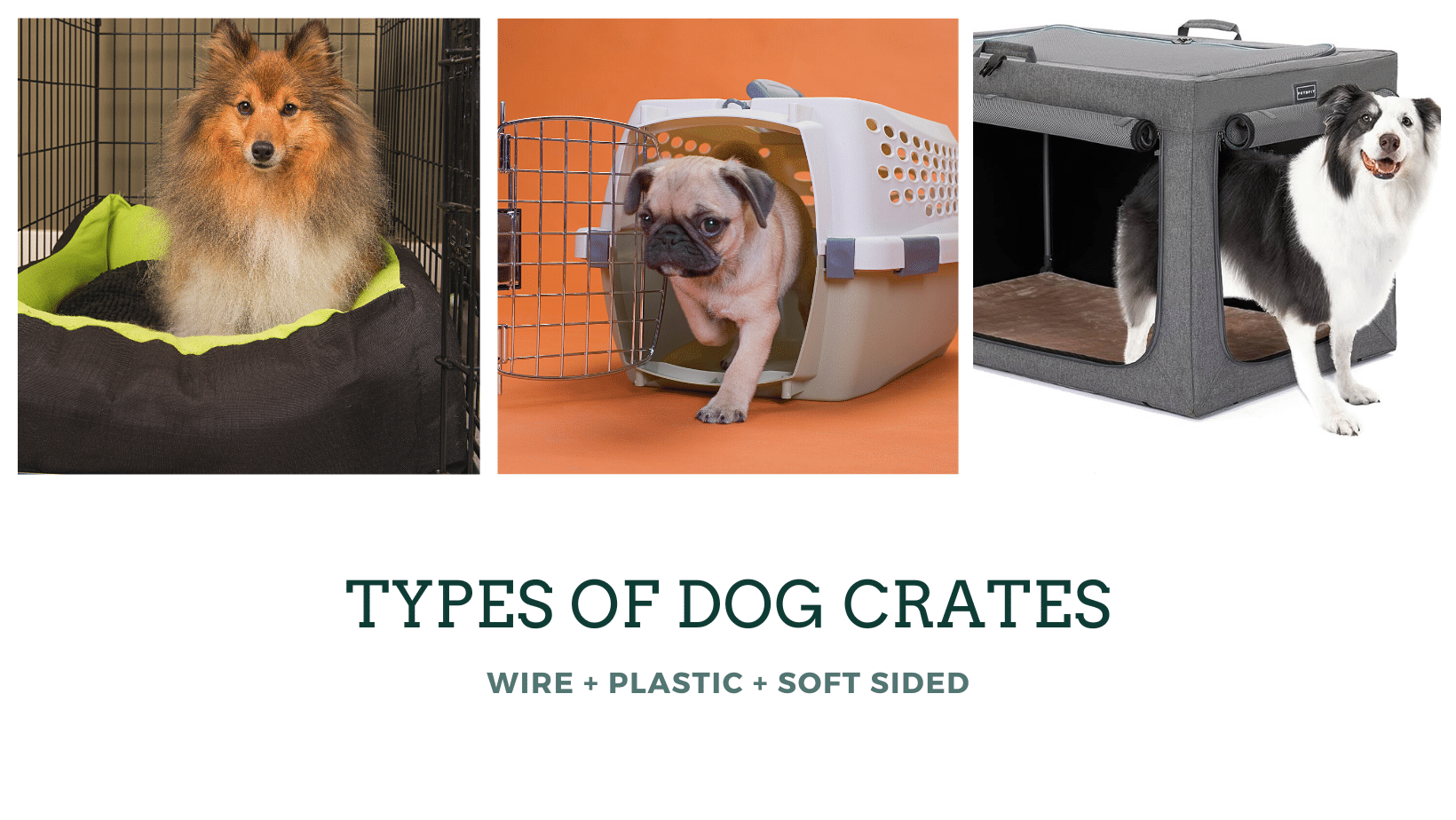
Choosing the appropriate crate is a foundational step in successful dog crate training, especially for a small and sensitive breed like the Maltese. The right crate not only ensures the safety and comfort of your dog but also facilitates more effective training, including potty training.
Ideal Crate Sizes and Types for Maltese:
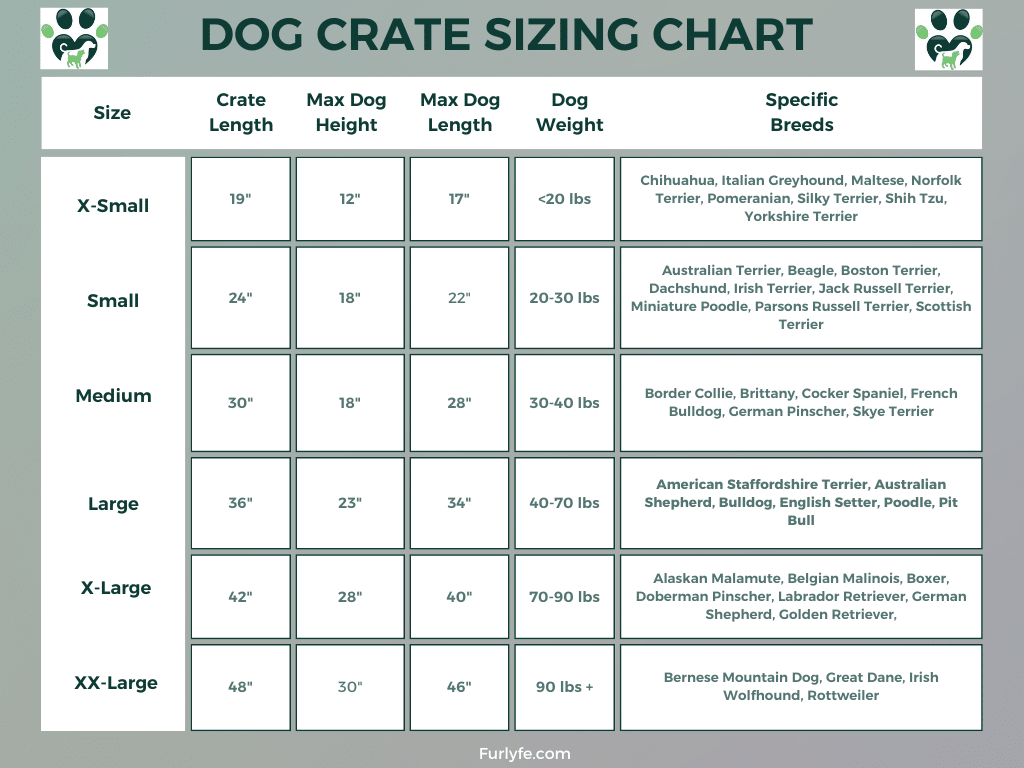
-
Size Specifications: For a Maltese, a crate size of about 19 to 24 inches in length is typically sufficient. It should provide enough room for them to stand, turn around, and stretch out comfortably, without being so large that it undermines the sense of security.
-
Type of Crate: Wire crates are often recommended due to their durability and good ventilation. They also allow clear visibility, which can help your Maltese feel less isolated. Soft-sided crates may be suitable for well-behaved Maltese and for travel purposes.
Key Features for Comfort and Safety in a Crate:
-
Secure Door Latch: Ensure that the crate door has a secure locking mechanism to prevent your Maltese from accidentally getting out, especially when you’re not around.
-
Comfortable Bedding: Place comfortable, washable bedding inside the crate. This makes it inviting and also aids in the potty training process, as dogs are less likely to soil their sleeping area.
-
Accessibility: For older or less mobile Maltese dogs, consider a crate with a low entry point to make it easier for them to get in and out.
Crate Location in the Home:
-
Quiet but Integrated Location: For Crate Set up, position the crate in a quiet corner of a frequently used room, popular locations are the kitchen or family room, where your Maltese can still feel part of the family activities without being overwhelmed by noise and traffic. Some owners even get a second crate for the bedroom.
-
Avoid Isolated Areas: Avoid placing the crate in a completely isolated area, as this can exacerbate feelings of loneliness and anxiety in your Maltese, especially during the initial stages of crate training.
Selecting and setting up the right crate is a critical step in crate training your Maltese. The crate should be a safe, comfortable, and inviting space, encouraging your Maltese to view it as their personal den.
Read More: The Best Dog Crates for Small Dogs
4. Preparation for Crate and Training
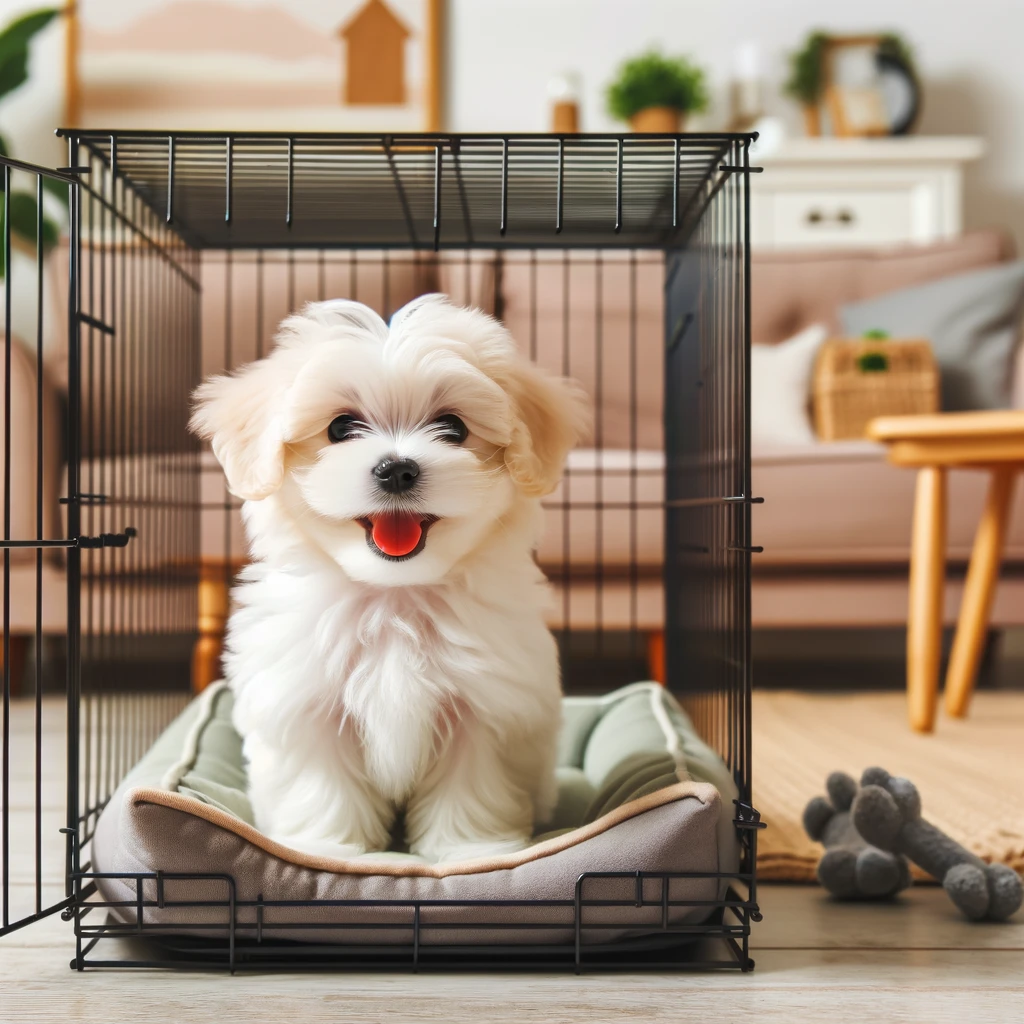
Preparing for both crate and potty training is a crucial step in ensuring a smooth and stress-free experience for your Maltese. This preparation phase sets the foundation for successful training.
Setting Up the Crate Environment:
-
Create a Welcoming Space: Make the crate inviting by adding a soft blanket or bed, and consider a crate cover to create a den-like atmosphere. This helps your Maltese feel secure and comfortable.
-
Introduce Familiar Scents: Place items with familiar scents, such as a piece of your clothing, inside the crate to provide comfort and reduce anxiety.
-
Accessible Water: For longer durations in the crate, ensure your Maltese has access to fresh water. Attachable water bowls can prevent spills.
Establishing Initial Potty Training Routines:
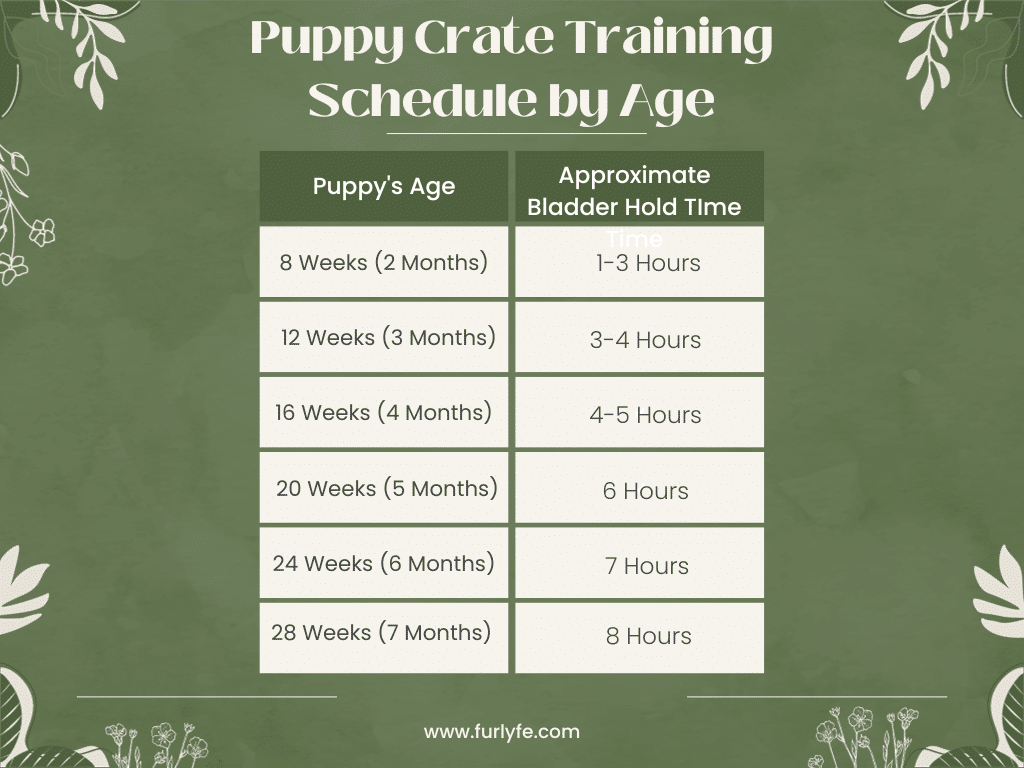
-
Consistent Schedule: Establish a regular schedule for potty breaks. Puppies typically need to go after waking up, after eating, and after playtime.
-
Designated Potty Area: Choose a specific area outside or a potty pad location for your Maltese to relieve themselves. Consistently taking them to this spot will help them understand where it’s appropriate to go.
-
Crate as a Potty Training Tool: Utilize the crate to aid in potty training by encouraging your Maltese to hold it until their scheduled potty break. Crates naturally discourage dogs from soiling their sleeping area.
Introducing Your Maltese to the Crate:
-
Positive Associations: Encourage your Maltese to explore the crate by placing treats and toys inside. Praise them when they enter the crate voluntarily. Nylon or rawhide bones are perfect for this purpose.
Read More On our Best Dog Gifts
-
Gradual Introduction: Start with short periods in the crate and gradually increase the duration as your Maltese becomes more comfortable. This could take several weeks or only a few tries. Each dog will be different.
-
Feeding Inside the Crate: Begin feeding your Maltese inside the crate to reinforce it as a positive space. This also helps set a routine that aligns meal times with subsequent potty breaks. The dog naturally learns to enjoy their safe crate.
The preparation stage is vital in making crate and potty training a positive and stress-free experience for your Maltese. By creating a comfortable crate environment and establishing a consistent training routine, you lay the groundwork for successful training.
5. Step-by-Step Crate Training Process for Maltese
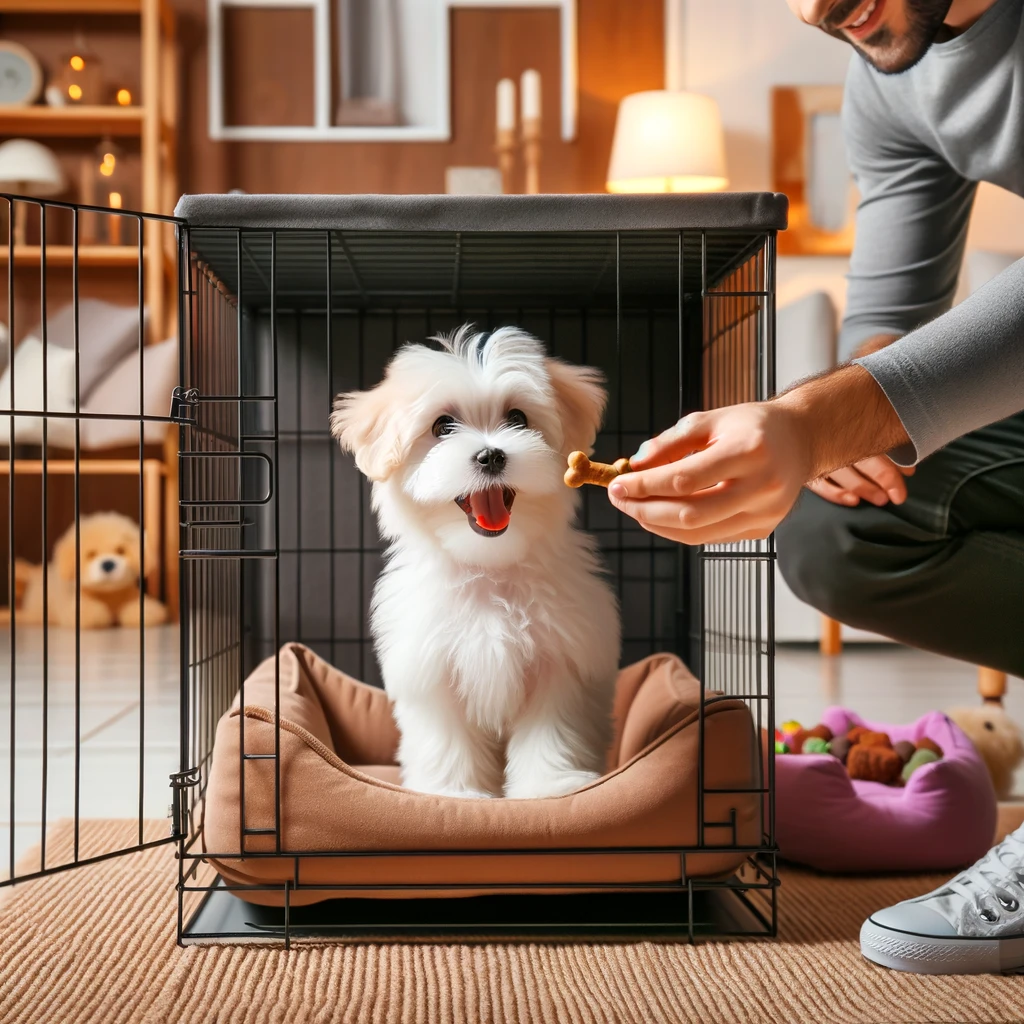
Effective crate training for a Maltese involves a structured, step-by-step approach that gradually acclimates them to the crate. This process, when done patiently, can make the crate a comfortable and secure space for your pet.
Step 1: Introducing the Crate
-
Set Up the Crate: Place the crate in a quiet but accessible area of your home. Make it inviting with a soft bed, a favorite toy, and perhaps a piece of clothing with your scent.
-
Encourage Exploration: Let your Maltese explore the crate at their leisure. Place treats near and inside the crate to encourage voluntary entry. Keep the crate door open to avoid any sense of trapping.
Step 2: Feeding Inside the Crate
-
Mealtime Association: Begin feeding your Maltese their meals inside the crate. This creates a positive association, as they start relating the crate with enjoyable experiences.
-
Door Open Initially: Start with the crate door open during meal times. Once they are comfortable eating in the crate, close the door briefly while they eat, then open it immediately after.
Step 3: Gradual Increase in Crate Time
-
Short Sessions: After your Maltese is comfortable eating in the crate, start having them spend time in it outside of meal times. Begin with 5-10 minute intervals, gradually increasing as they show signs of comfort.
-
Presence and Reassurance: Stay in the room initially for these short sessions. Your presence can provide reassurance and reduce anxiety.
Step 4: Extending Crate Duration
-
Longer Stays: As your Maltese becomes more at ease, extend the duration of crate time. Ensure they have a comfortable bed and water if crated for longer periods.
-
Leaving the Room: Start leaving the room for short periods while your Maltese is crated. This helps your puppy accept and get used to being alone in the crate. Start with durations as short as a minute and gradually lengthen.
Step 5: Consistency and Routine
-
Regular Schedule: Establish a regular crate schedule. Consistency helps your Maltese feel secure and understand what to expect.
-
Monitor for Distress: Look out for signs of distress. If they appear anxious, return to shorter durations and gradually build up again.
Step 6: Overnight Crating
-
Nighttime Routine: Once your Maltese is comfortable being in the crate for a few hours, you can start crating them overnight. Ensure they’ve had a bathroom break before bedtime.
-
Comfort Assurance: Place the crate in or near your bedroom initially to provide comfort through your proximity. You can gradually move the crate to its permanent spot over time.
Through this step-by-step process, crate training can become a positive experience for your Maltese. Each phase builds upon the previous one, ensuring that your dog feels safe and comfortable at each stage of the training.
6. Integrating Potty Training with Crate Time for Maltese
Combining crate and potty training for your Maltese is an effective strategy that promotes good habits. Begin by establishing a regular potty schedule, with breaks typically after meals, playtime, and naps.
Consistently take your Maltese to a designated potty area immediately after crate time to develop a routine. In the early stages of training, place your Maltese in the crate for brief periods post-meal to encourage holding their bladder until the next scheduled potty break.
Always be attentive to signs they may need to go sooner. Immediately reward successful potty breaks with treats and praise, but avoid punishing accidents; instead, calmly clean up and continue with the training routine.
Gradually increase the duration between potty breaks to improve bladder control. If your Maltese doesn’t relieve themselves during a scheduled break, return them to the crate and try again after about 15-20 minutes, reinforcing the purpose of potty trips. Frequent accidents may indicate a need for more frequent breaks or a check-up for potential health issues. Using your crate is a great way to potty train your Maltese puppy.
7. Balancing Crate Time with Play and Exercise
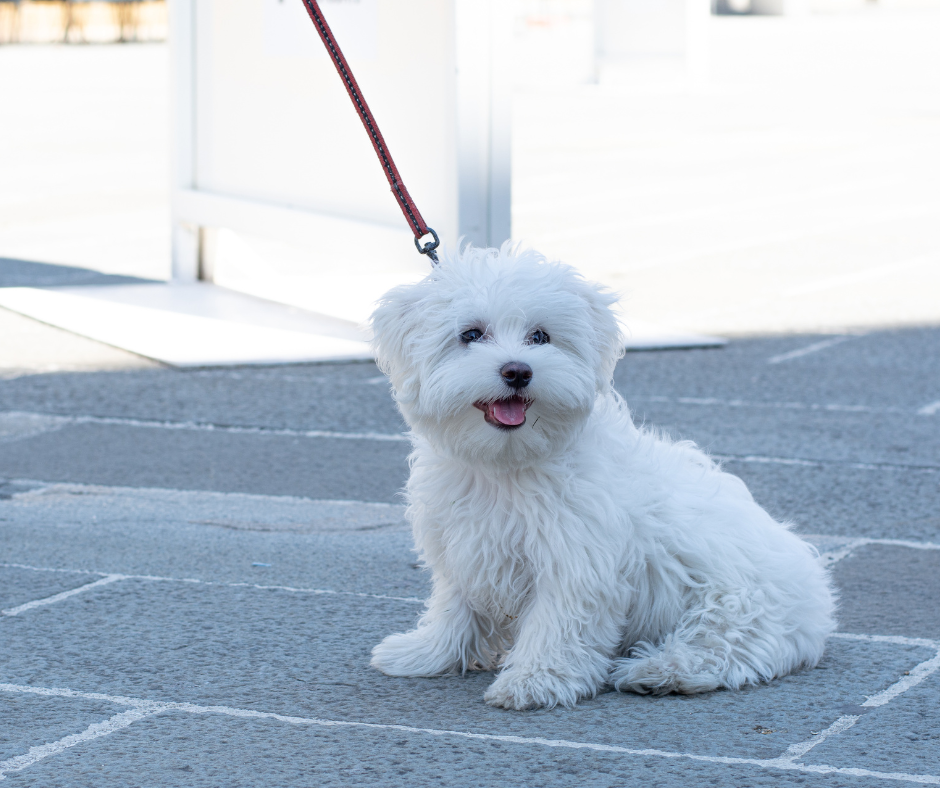
For a Maltese, balancing crate time with adequate play and exercise is essential. This balance is crucial not only for their physical health but also for their mental well-being and overall happiness.
Importance of Physical Activity for Maltese:
-
Regular Exercise Needs: Despite their small size, Maltese dogs require regular exercise to maintain their health and prevent boredom. Activities like short walks or playful indoor games are ideal.
-
Physical Health Benefits: Regular activity helps maintain a healthy weight, improves cardiovascular health, and strengthens muscles and joints.
The Role of Play and Mental Stimulation:
-
Preventing Boredom: Engaging in play and mental stimulation prevents boredom, which can lead to destructive behaviors, especially when left alone in the crate.
-
Mental Enrichment: Activities like puzzle toys, hide-and-seek, or simple training games keep their minds active and engaged, contributing to overall cognitive health.
Structuring a Balanced Daily Routine:
-
Routine Planning: Create a daily routine that includes specific times for play, exercise, and crate time. A structured routine helps your Maltese feel secure and understand what to expect throughout the day.
-
Activity Before Crating: Engage your Maltese in a play session or a walk before crate time. This helps expend their energy, making them more likely to rest or sleep while crated.
-
Crate Time as Downtime: Use crate time as an opportunity for your Maltese to relax and recharge, especially after periods of activity or when you cannot supervise them directly.
Monitoring Your Maltese’s Response:
-
Watch for Overexertion: Be mindful of your Maltese’s physical limits during exercise, as overexertion can lead to fatigue or injury.
-
Adjusting the Routine: Observe how your Maltese responds to the balance of crate time and activity. Adjust the schedule as needed to ensure they are getting enough rest and stimulation.
Balancing crate time with play and exercise is key to a happy, healthy Maltese. It ensures they are not only physically fit but also mentally stimulated and content, leading to a more successful overall experience with crate training.
8. Training Across the Maltese’s Lifespan
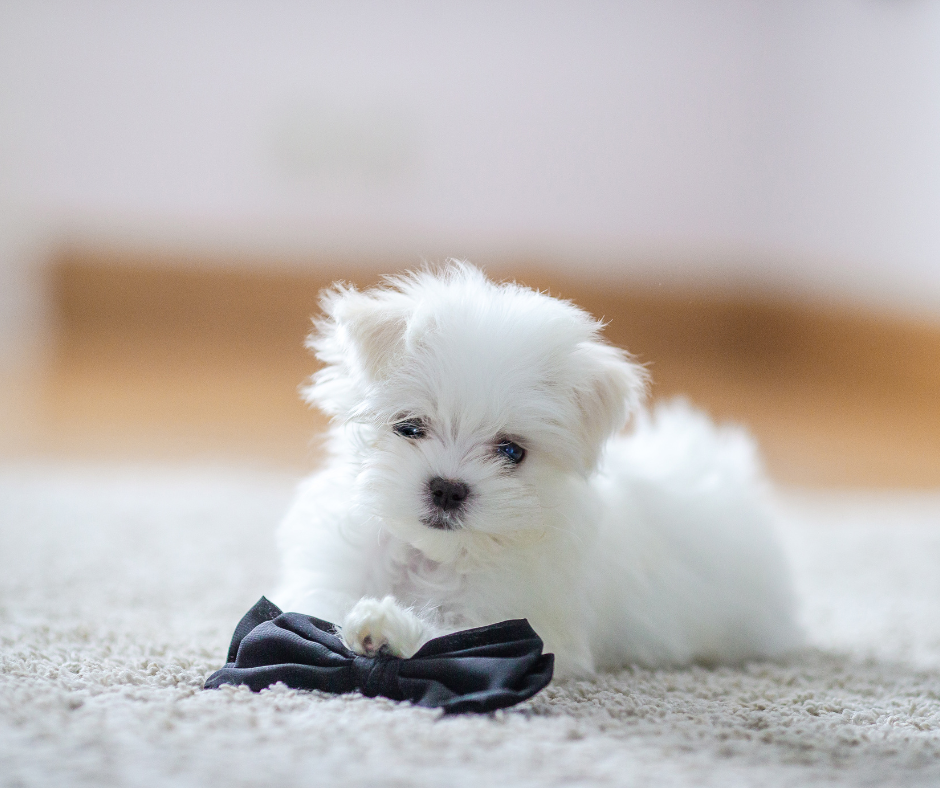
Crate and potty training a Maltese should be adapted to suit their needs at different life stages. Each stage – puppy, adult dog, and senior – presents unique challenges and requirements, making it essential to adjust your training approach accordingly.
Crate Training Maltese Puppies:
-
Early Start: Begin crate training as early as possible, ideally when the puppy is around 8 to 10 weeks old. A very young puppy will adapt more quickly and can form positive associations with the crate early in life.
-
Short Training Sessions: Keep crate sessions short for puppies due to their limited attention span and need for frequent bathroom breaks.
-
Positive Reinforcement: Use treats, praise, and toys to encourage crate use. This age is crucial for establishing a positive foundation for crate training.
Maintaining Training for Adult Maltese:
-
Consistent Routine: Adult Maltese benefit from a consistent crate and potty training routine. It helps maintain discipline and provides a sense of security.
-
Adapt to Activity Level: Adjust crate time based on their activity level and health. Adult Maltese may require more exercise to expend energy before crate time.
-
Behavioral Training: Continue reinforcing crate training with behavioral commands and rewards. Address any emerging issues like anxiety or reluctance to use the crate.
Adjusting Training for Senior Maltese:
-
Comfort is Crucial: Ensure the crate is comfortable for older dogs, possibly requiring orthopedic bedding to support aging joints.
-
Health Considerations: Be aware of age-related changes such as decreased mobility or incontinence. Adjust crate training to accommodate these changes, including more frequent bathroom breaks.
-
Patience and Understanding: Senior dogs may take longer to adjust to changes. Continue crate training with patience, understanding, and gentle reinforcement.
Training Across Life Stages:
-
Flexibility and Adaptation: Be prepared to adapt your training methods as your Maltese grows and their needs change. This includes altering crate time, exercise routines, and training techniques.
-
Monitoring Health and Behavior: Regularly monitor your Maltese’s health and behavior for any changes that might affect their crate training and potty habits.
-
Lifelong Commitment: Crate and potty training is a lifelong commitment. Continue to reinforce training throughout your Maltese’s life to ensure their comfort and well-being.
Training your Maltese at different stages of life requires a tailored approach that respects their changing needs. By adapting your methods over time, you can ensure a positive and comfortable crate training experience throughout your Maltese’s lifespan.
9. Conclusion
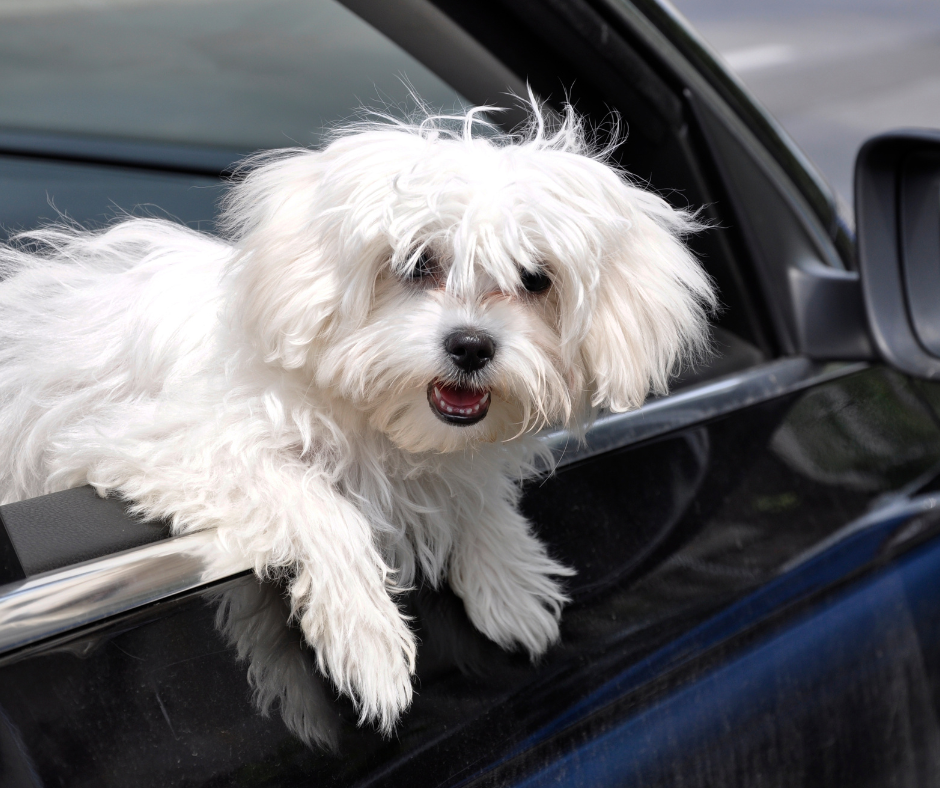
Successfully crate and potty training your Maltese across their lifespan fosters a disciplined, safe, and happy environment for your pet. This guide has explored the nuances of training a Maltese, emphasizing the importance of adapting to their specific needs at each life stage.
Remember, the key to effective training lies in consistency, patience, and a positive approach. Crate and potty training not only enhances the quality of life for your Maltese but also strengthens the bond between you and your furry companion.
Embrace this journey with understanding and commitment, and you’ll create a harmonious living situation that respects your Maltese’s nature and fulfills their needs.
Read More: The Benefits of Dog Crate Training
FAQs

-
What size crate is best for a Maltese?
-
A crate about 24 inches in length is usually ideal for a Maltese, allowing enough room to stand, turn around, and lie down comfortably.
-
-
How can I crate train my Maltese puppy?
-
Start with short, positive crate experiences, use treats and praise, and gradually increase crate time. Consistency and patience are key.
-
-
How do I integrate potty training with crate training for my Maltese?
-
Establish a regular potty schedule, use the crate to encourage holding habits, and immediately take your Maltese to the designated potty area after crate time.
-
-
What should I do if my Maltese doesn’t like the crate?
-
Introduce the crate gradually with positive reinforcement. Ensure it’s comfortable and avoid using it as a punishment.
-
-
Can older Maltese dogs be crate trained?
-
Yes, older Maltese can be crate trained with a patient and gentle approach, considering their comfort and health requirements.
-







Get involved!
Comments